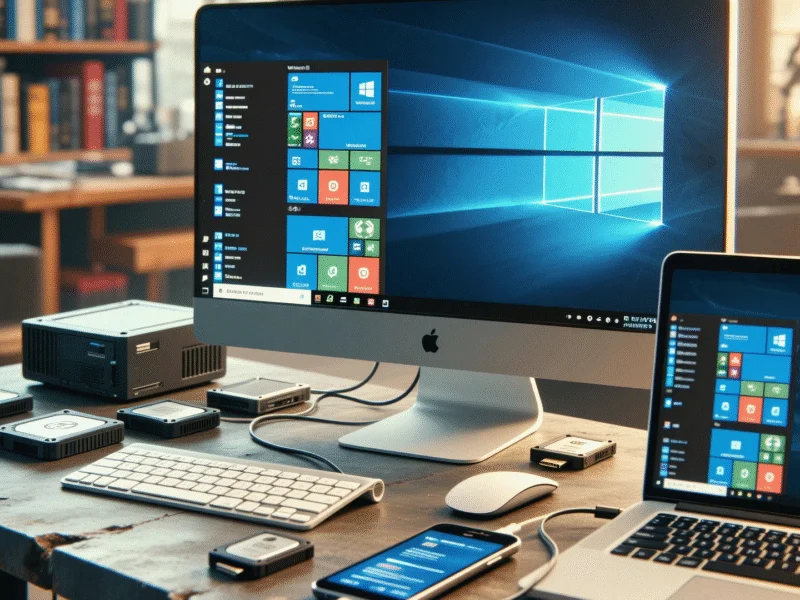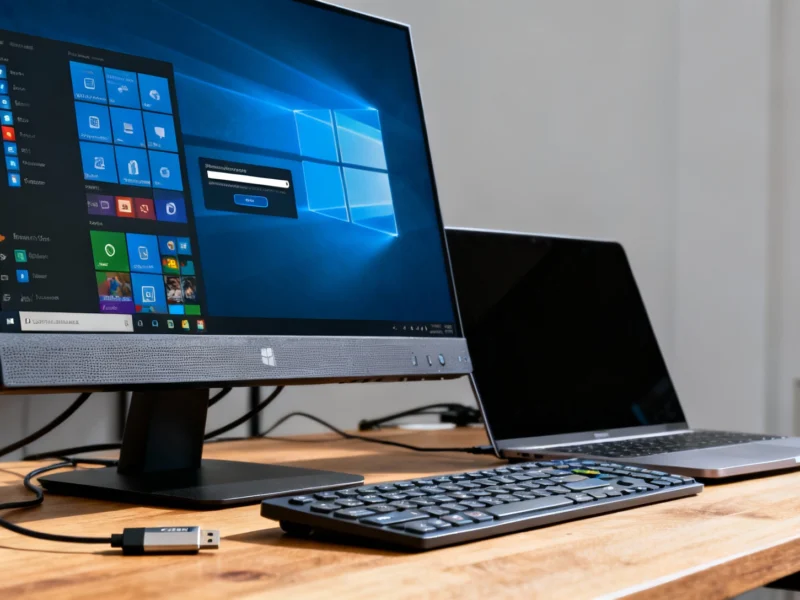Microsoft’s Windows 10 support officially ends today, marking a critical transition for the estimated 41% of Windows users still running the aging operating system. This milestone forces millions to confront upgrade decisions as security patches and technical assistance cease for the decade-old platform. The timing presents particular challenges given the slower-than-expected adoption of Windows 11 since its 2021 launch, creating urgency for users weighing their options.
What Windows 10 End of Support Means for Users
Windows 10 reached its official end of support on October 14, 2025, meaning Microsoft will no longer provide feature updates, security patches, or technical assistance for the operating system. This creates significant security vulnerabilities for continuing users, as unpatched systems become increasingly susceptible to malware and cyberattacks. The Microsoft Security Response Center defines critical security updates that will no longer be available to standard Windows 10 users, highlighting the importance of taking immediate action.
Microsoft initially announced the Extended Security Updates program on October 31, 2024, providing a temporary safety net for organizations and individuals needing additional transition time. This program represents Microsoft’s acknowledgment of the massive user base still dependent on Windows 10 and the practical challenges many face in upgrading hardware or software compatibility.
Upgrading to Windows 11: System Requirements and Options
For computers meeting eligibility requirements, upgrading to Windows 11 remains free through Microsoft’s official channels. The Windows 11 system requirements include:
- Processor: 1 GHz or faster with 2 or more cores
- RAM: 4 GB minimum
- Storage: 64 GB or larger
- TPM: Version 2.0 required
- Graphics card: DirectX 12 compatible
- Display: High definition (720p) or better
Computers with incompatible hardware may still upgrade through registry modifications, according to recent analysis from Microsoft’s own documentation. Industry experts note that many older systems can run Windows 11 despite not meeting official requirements, though this approach may void warranties and create stability issues.
Extended Security Updates Program Details
The Extended Security Updates (ESU) program provides critical security coverage for Windows 10 until October 13, 2026. Most users can enroll by paying $61 for the first year or using alternative methods:
- Sync PC settings to Microsoft OneDrive
- Redeem 1,000 Microsoft Rewards points
- European Economic Area residents enroll completely free
The European exception resulted from pressure from consumer rights organizations arguing that linking free enrollment to Microsoft services violated EU regulations. Industry experts note this represents a significant victory for European consumers and may influence Microsoft’s global policies.
How to Enroll in Extended Security Updates
Microsoft provides an enrollment wizard within Windows 10 for ESU registration. The process requires:
- Being signed into a Microsoft account
- Accessing the enrollment wizard through Windows Update
- Completing the verification process
- Confirming enrollment method (paid or free alternatives)
The official ESU program page provides complete documentation and troubleshooting assistance for users encountering enrollment difficulties. Additional coverage of enrollment issues is available through our network’s technical support resources.
Alternative Options for Outdated Hardware
For computers unable to run Windows 11, several alternatives exist beyond the ESU program. Purchasing new hardware represents the most secure long-term solution, with many affordable options available. Modern computers featuring compatible system-on-a-chip architecture can run Windows 11 efficiently without exceeding modest budgets.
Related analysis from our technology team suggests that continuing with unsupported software creates unacceptable security risks beyond the first year of extended updates. The evolving threat landscape means that Microsoft’s security infrastructure provides essential protection against increasingly sophisticated cyber threats.
Making Your Windows Transition Decision
With Windows 10 support ending today, users face three primary paths: upgrading to Windows 11, enrolling in Extended Security Updates, or replacing incompatible hardware. Each option carries distinct cost, security, and convenience considerations that vary by individual circumstances and technical requirements.
The most critical immediate action involves assessing your system’s compatibility and either beginning the upgrade process or enrolling in security updates before your computer becomes vulnerable. Additional coverage of specific upgrade scenarios and troubleshooting guidance is available through our network’s comprehensive Windows transition resources.



